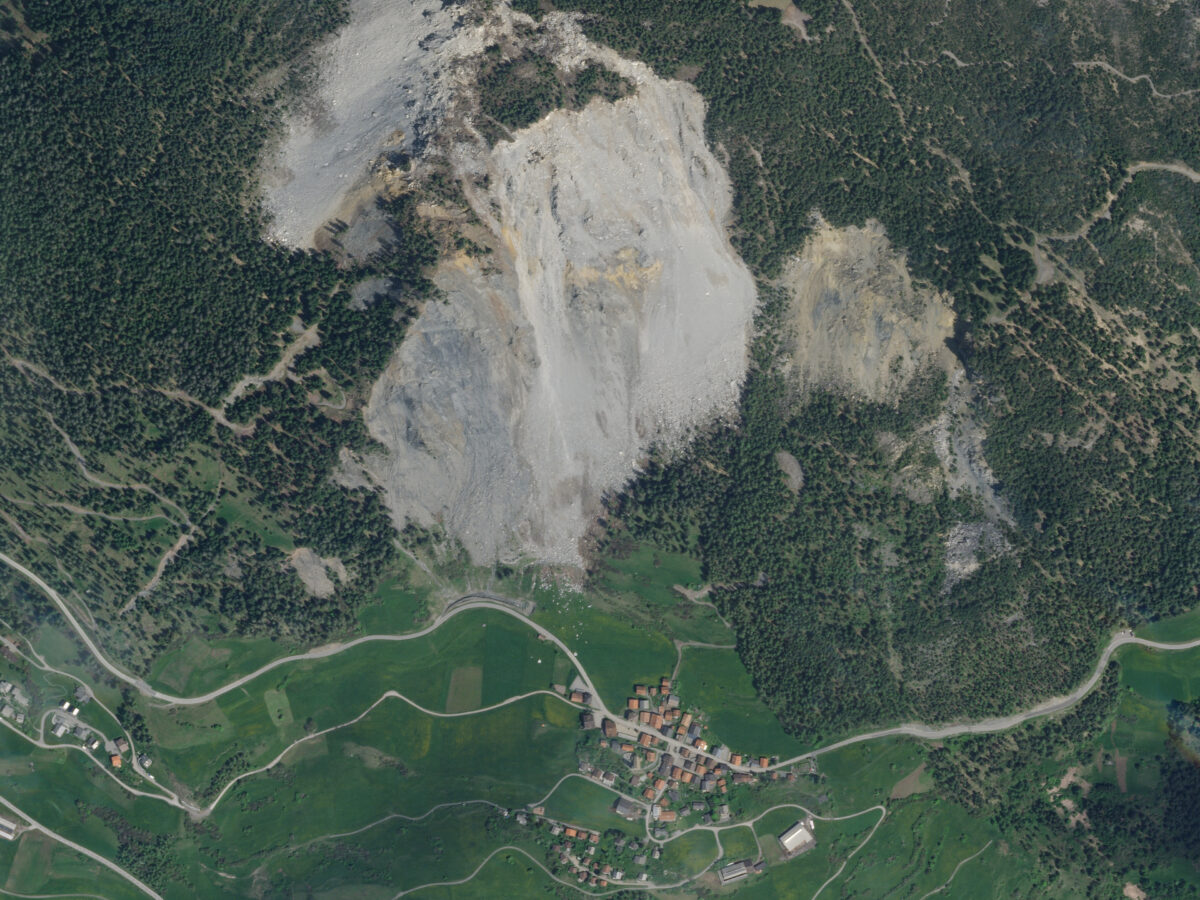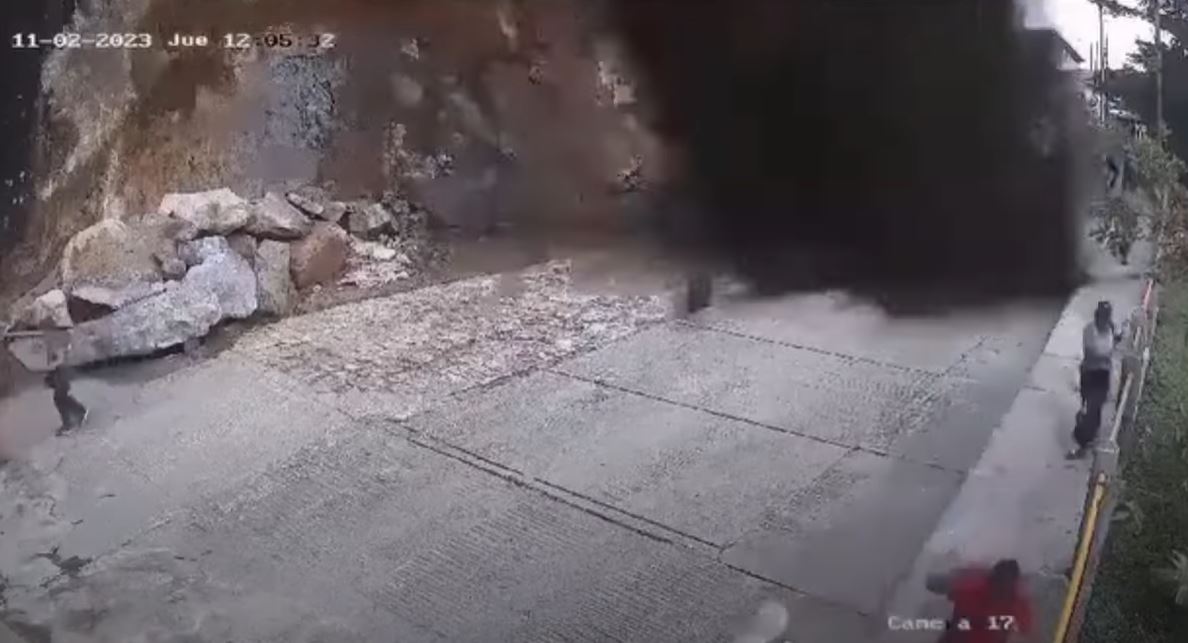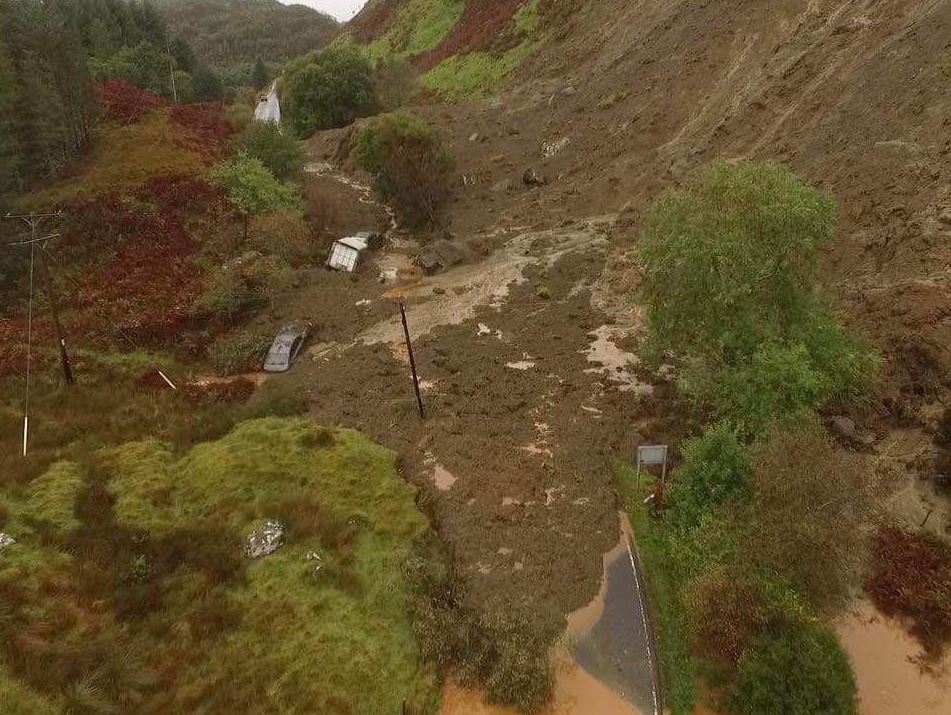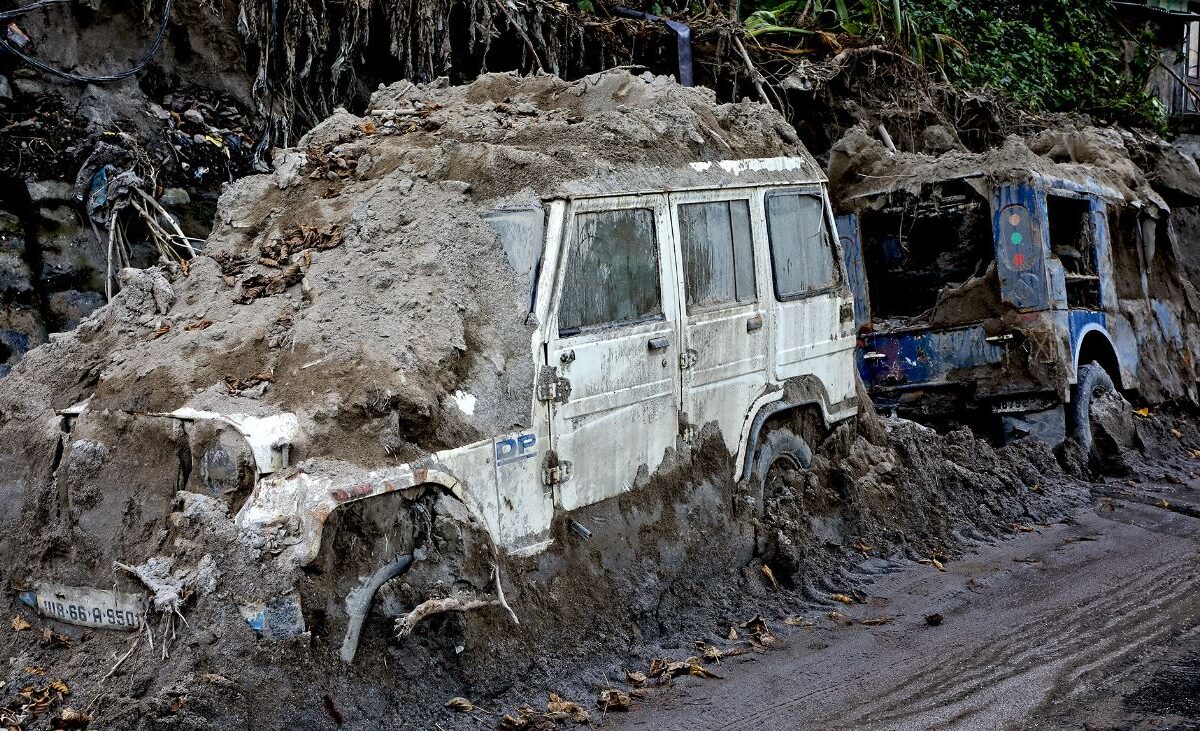The Landslide Blog is written by Dave Petley, who is widely recognized as a world leader in the study and management of landslides. The availability of high temporal and spatial resolution monitoring technologies, most notably terretrial laser scanning (Lidar) and doppler radar, has transformed our ability to understand rockfalls. These systems can be deployed to […]
landslides
El Peñón de Guatapé: a dangerous collapse at a tourist site in Colombia
On 2 November 2023 a dramatic fall of soil and organic debris injured 17 people.
Ardfern: a landslide that is causing a serious problem to a remote Scottish community
The Landslide Blog is written by Dave Petley, who is widely recognized as a world leader in the study and management of landslides. The Guardian has run a story about the remote Scottish village of Ardfern, located on the Craignish peninsula in Argyll, and its travails as a result of a landslide triggered by heavy […]
The causes of the 18 April 2023 Torkham Rockslide in Pakistan
The Landslide Blog is written by Dave Petley, who is widely recognized as a world leader in the study and management of landslides. On 18 April 2023, a destructive rockslide hit the border town of Torkham in Khyber Pakhtunkhwa province in NW Pakistan. I blogged about the Torkham Rockslide at the time, speculating that undercutting […]
LaVerkin Bench: damaging landslides in Utah
The Landslide Blog is written by Dave Petley, who is widely recognized as a world leader in the study and management of landslides. In the city of LaVerkin in Utah, USA, a series of damaging landslides are destroying houses. The slope failures are occurring on a steep bluff on the edge of the city on […]
Subansiri: a significant landslide at a hydroelectric dam in India
The Landslide Blog is written by Dave Petley, who is widely recognized as a world leader in the study and management of landslides. On Friday 27 October 2023 a major landslide occurred at the site of the Subansiri Lower Hydroelectric Power facility in Assam, northern India. The landslide is significant because it has blocked the […]
A landslide triggered the 1650 tsunamigenic eruption of Kolumbo in the Aegean Sea
The Landslide Blog is written by Dave Petley, who is widely recognized as a world leader in the study and management of landslides. In 1650, a destructive tsunami occurred in the Aegean Sea, which is an embayment of the Mediterranean sea, located between the modern Greece to the west and Turkey to the east. There […]
The causes and impact of the 4 October 2023 GLOF in Sikkim, India
The Landslide Blog is written by Dave Petley, who is widely recognized as a world leader in the study and management of landslides. The ever-reliable Save the Hills blog has a fascinating post about the impact of the 4 October 2023 Glacial Lake Outburst Flood (GLOF) in Sikkim, India. The lead author on the blog, […]
A disruptive landslide in Westchester County, New York
The Landslide Blog is written by Dave Petley, who is widely recognized as a world leader in the study and management of landslides. On 21 October 2023 a small but disruptive landslide occurred in Westchester County in New York in the US. The landslide is notable because it blocked the track of the Metro-North’s Hudson […]
The official report into the 16 December 2022 Batang Kali landslide
The Landslide Blog is written by Dave Petley, who is widely recognized as a world leader in the study and management of landslides. In the aftermath of the horrific 16 December 2022 landslide at Batang Kali in Malaysia, in which 31 people were killed, an official investigation was instigated by the government. This was not […]










